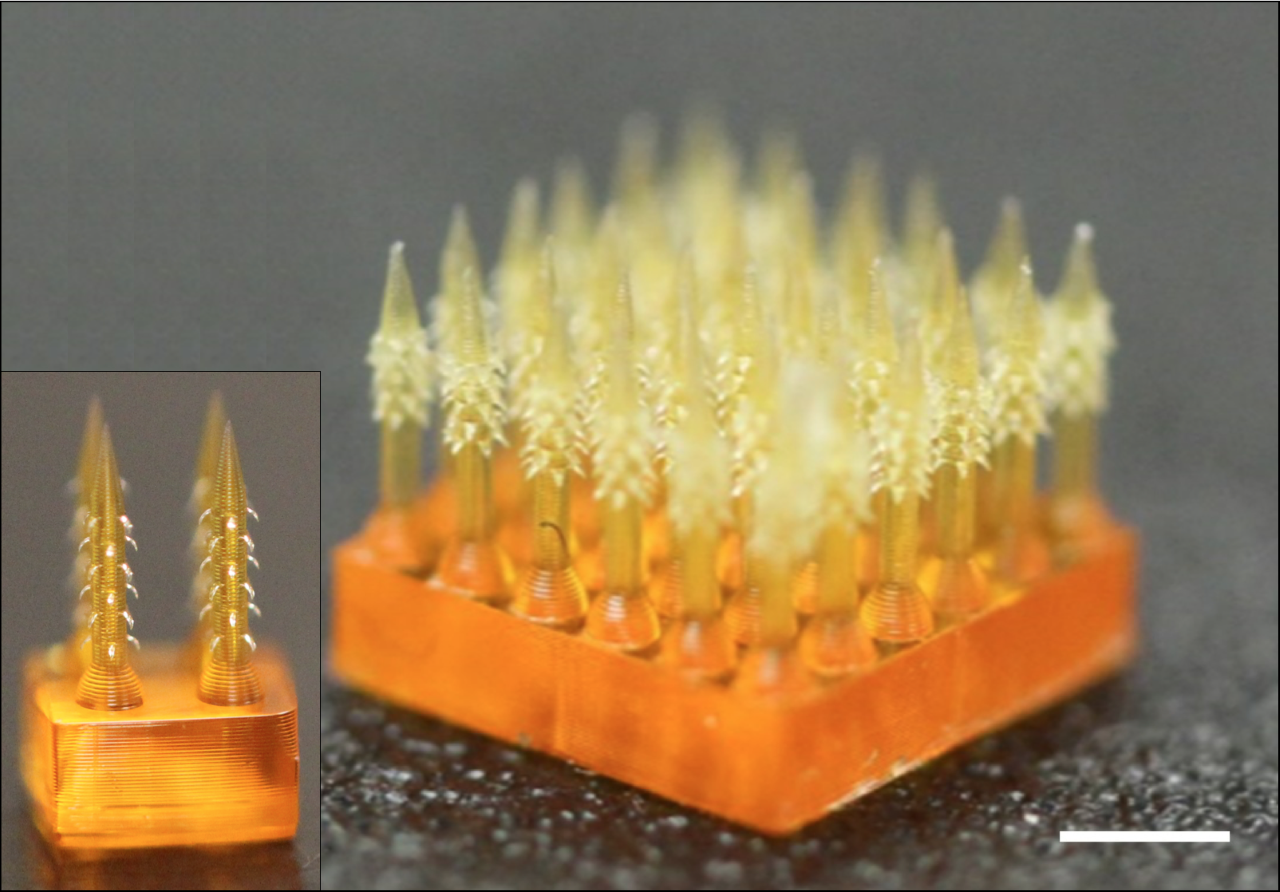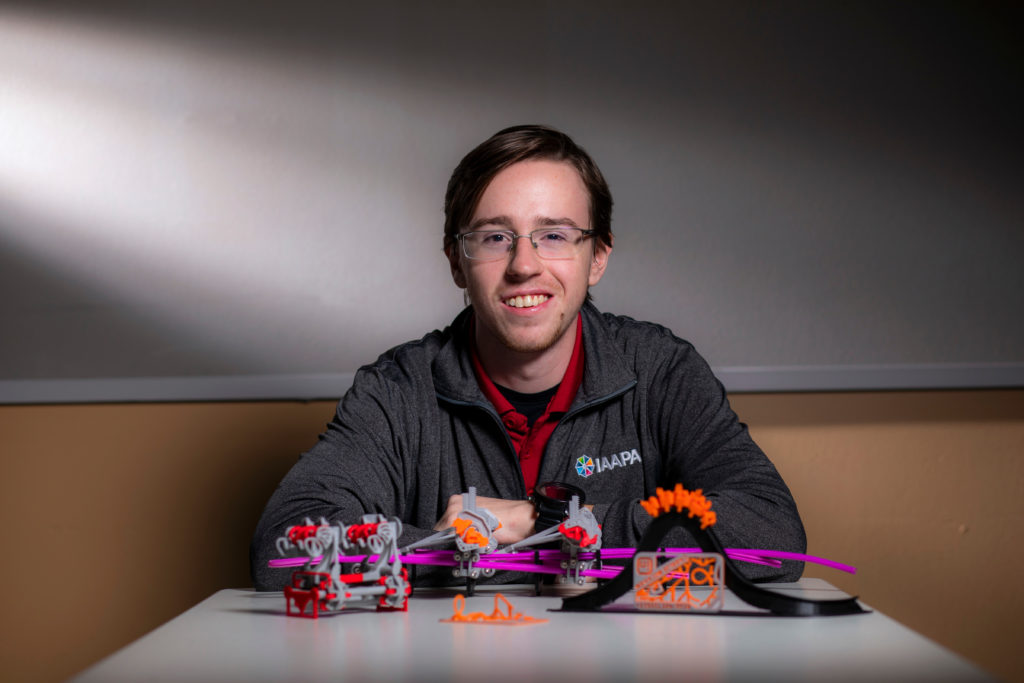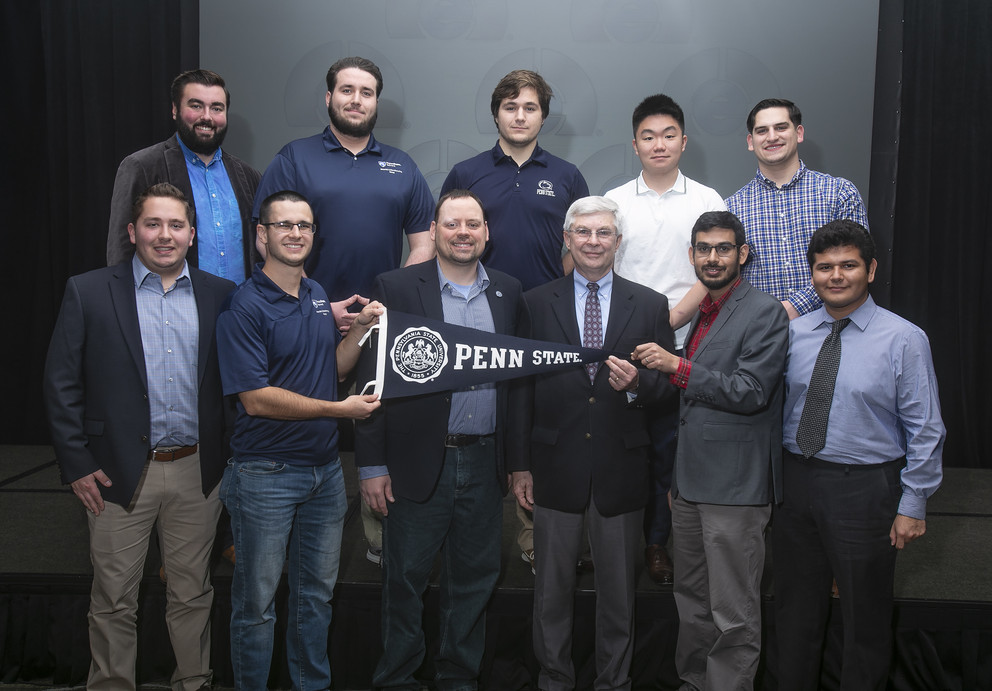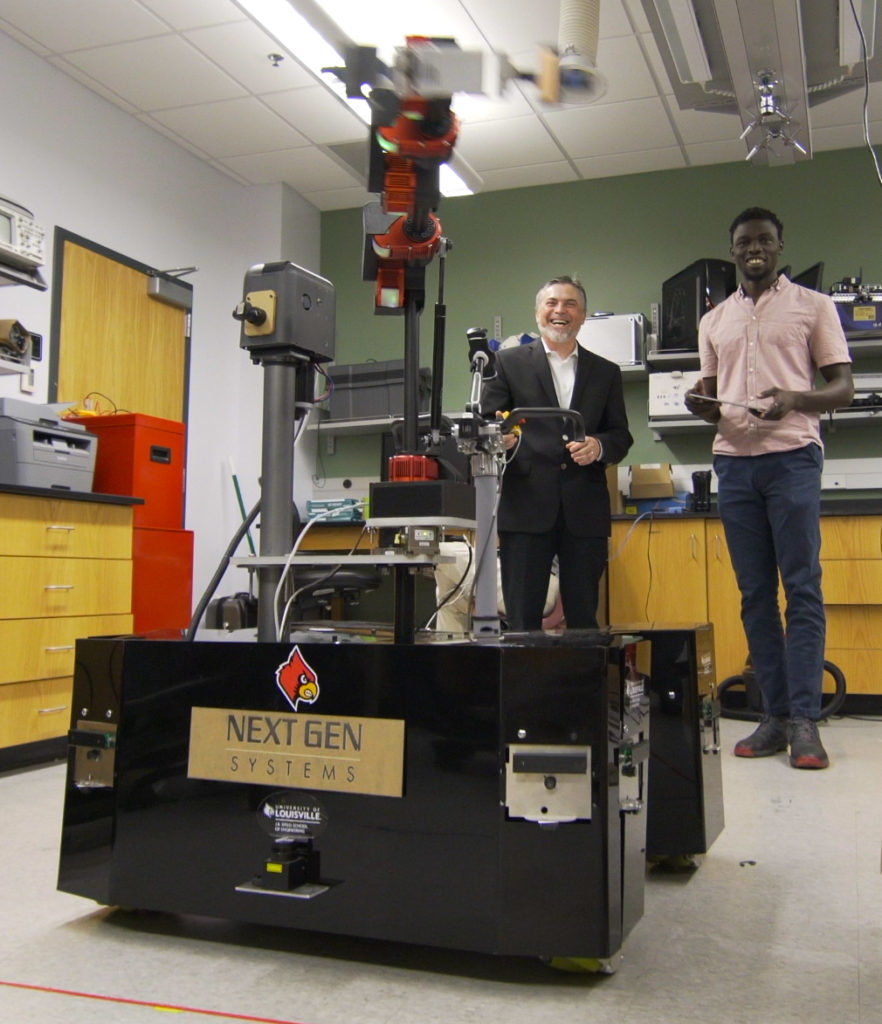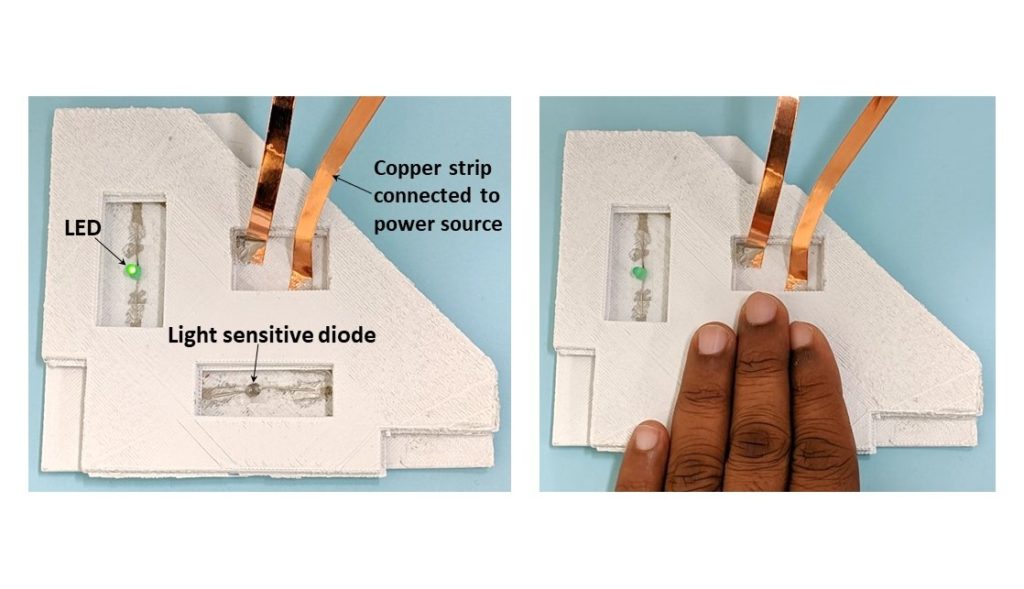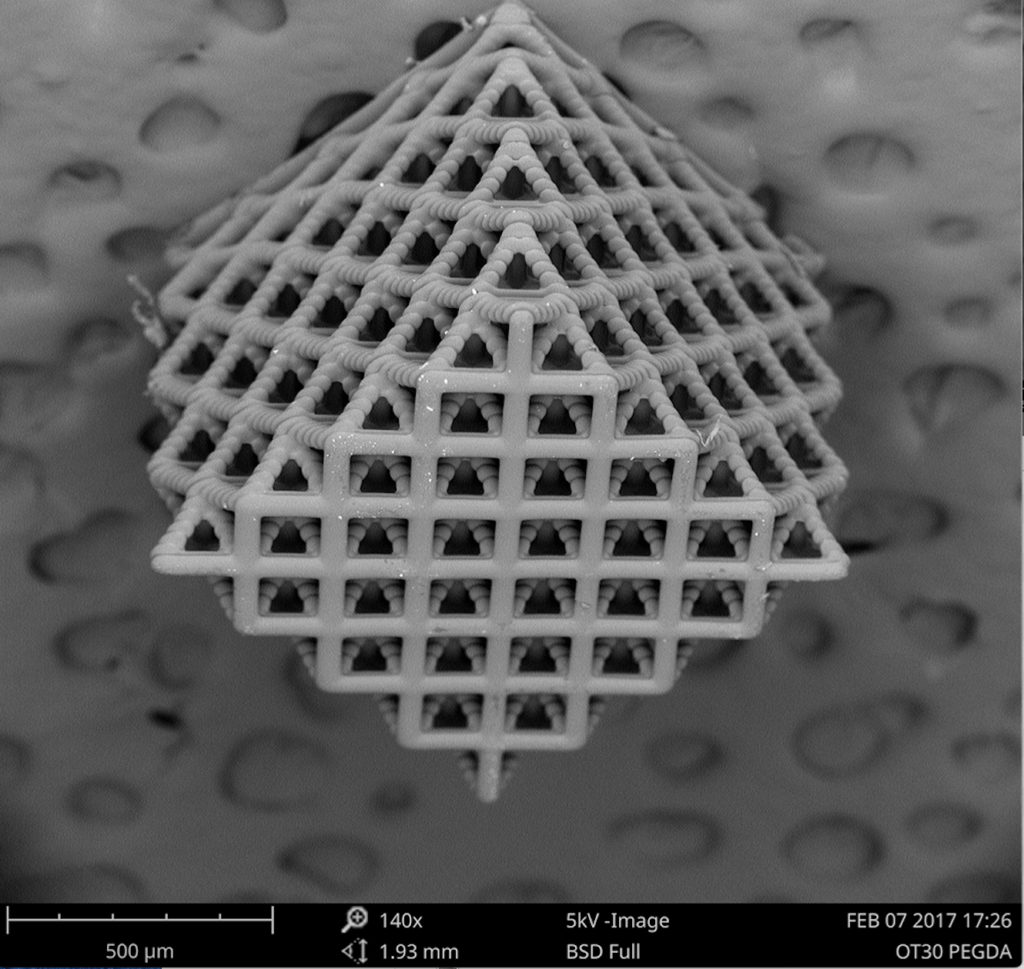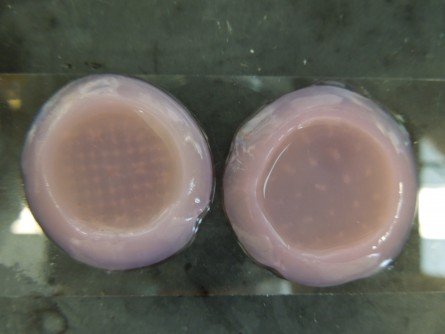Painful hypodermic needles may not be needed in the future to give shots, inject drugs and get blood samples. With 4D printing, Rutgers engineers have created tiny needles that mimic parasites that attach to skin and could replace hypodermic needles, according to a study in the journal Advanced Functional Materials.
